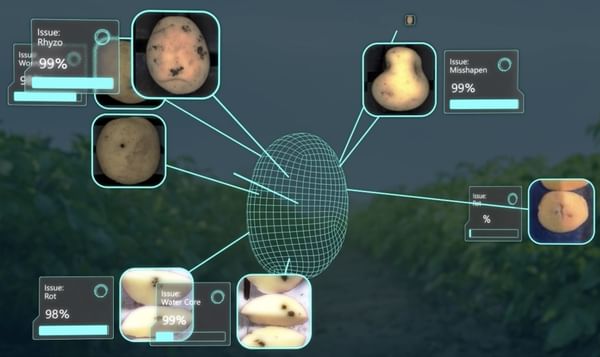The FAO Food Price Index is only 13 points below the peak of 238 reached in February 2011, though still higher than its September 2010 value of 195 points. The recent decline reflected decreases in international prices of most commodities included in the Index, with prices of sugar, grains and oils falling most.
The FAO Cereal Price Index averaged 245 points in September, down 3 percent, or 7.3 points, from August, 11 percent below its peak in April 2008 though 18 percent higher than in September 2010.
Except in August , the Index has followed a downward trend since April, largely on expectation of a strong rebound in world cereal production. While a tight maize supply prospect and policy changes in rice provided support, the index fell in September reflecting generally improved supply prospects, expectations of slowing demand and the strengthening US Dollar.
The FAO Oils/Fats Price Index averaged 238 points in September, down 2.3 percent, or nearly 6 points, from August. The index has been falling since March although it still remains high in historical terms. The recent declines of the index reflect good production and comfortable stock levels of palm oil in South East Asia, combined with growing export supplies of sunflower oil following exceptionally good harvests in the Black Sea region.
The FAO Dairy Price Index averaged 218 points in September, slightly down from 221 points in August but still 10 percent higher than in September 2010. Among the various products, butter prices suffered the sharpest drop, losing 3 percent, followed by casein and cheese which retreated by about 1 percent each. Prices of whole milk powder were virtually unchanged. The prices of all dairy products remain, on average, 10 percent higher than the corresponding period last year.
 The FAO Meat Price Index averaged 175 points in September, marginally down from the previous month, mostly on account of a 3 percent drop in pig meat prices. Poultry prices also fell, but marginally, while prices of bovine and ovine meat trended slightly upwards, amid tight supplies. Despite their recent weakness, all meat prices remain above the levels prevailing in 2010, with the index up 14 percent from September 2010, mostly a reflection of rising costs and low inventories.
The FAO Meat Price Index averaged 175 points in September, marginally down from the previous month, mostly on account of a 3 percent drop in pig meat prices. Poultry prices also fell, but marginally, while prices of bovine and ovine meat trended slightly upwards, amid tight supplies. Despite their recent weakness, all meat prices remain above the levels prevailing in 2010, with the index up 14 percent from September 2010, mostly a reflection of rising costs and low inventories. The FAO Sugar Price Index averaged 379 points in September, down 3.8 percent from August, and 5 percent from the peak it reached in July 2011, reflecting positive production prospects in Europe, India, and Thailand.
In addition, better than expected sugar output in Brazil, the world’s largest sugar producer, contributed to the easing in prices in recent weeks.












